When my husband and I first started roasting, I knew nothing about coffee. I was a tea person. Coffee was not something I really ever thought about, let alone considered roasting. I didn't even know it was something people did!
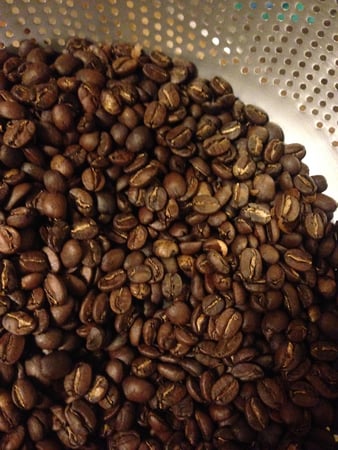
My husband, both a coffee lover and tinkerer by nature, decided it was time to try his hand at roasting. So begins my journey with coffee. We started very small, roasting our beans on a popcorn air popper. As I'm sure you can guess, we outgrew that very quickly. Then we moved to our current roaster, the Behmore 1600 (available on Amazon or home roaster websites). The size of a microwave, the Behmore roasts up to a pound of beans at a time and allows you to control everything from heat to time, to get the exact roast you want that suits the beans.
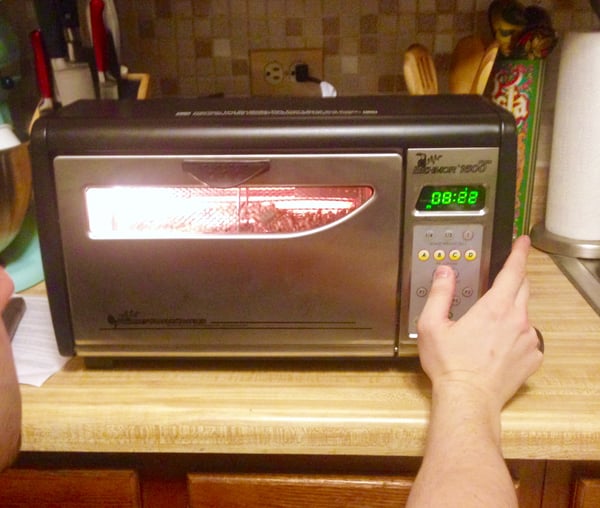
The purchasing of the green, un-roasted coffee beans is what hooked me initially. I loved that you could trace the coffee all the way to the farmer. By purchasing the beans ourselves, we know exactly how the beans were grown, the quality of the beans, and we are able to be sure that the farmers are paid fair wages for their work. Not only is knowing where your coffee comes from imperative for home roasters, it is important for the everyday coffee drinker as well. We must be aware not only of the environmental impact the coffee has on the region, but also we must be concerned with the human rights of the workers who bring this magical bean to us. We buy our green coffee from Sweet Maria's. They are excellent for the home roaster because they have a vast selection of high-quality arabica beans. They have great relationships with the farmers in the regions and work often with farmers' co-ops and small farms. Sweet Maria's also carries the Behmore 1600.
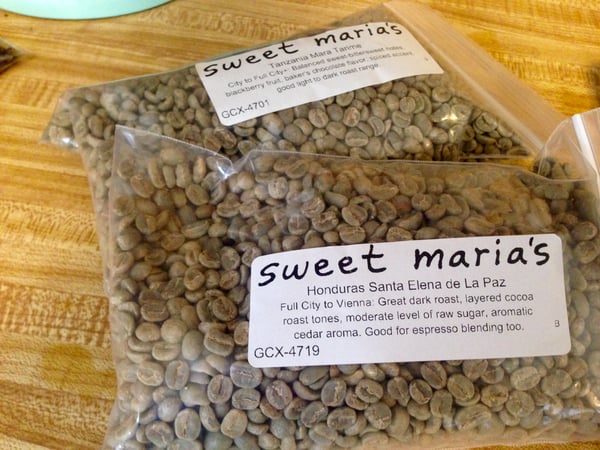
Coffee originated in Africa, in Ethiopia. It is thought that East Africans and Arabs directly across the Red Sea were the first to drink coffee. Coffee then made its way to Viennese cafes, and eventually to the new world. Coffee was seen as the drink of the American Revolution. The Folgers Brothers popularized coffee further by selling coffee to California gold miners and frontiersmen, and well, the rest is history I suppose.
As in wine, each coffee has an unmistakable "terroir." Beans from different regions have distinct flavors. Beans from south and Central America tend to be more full bodied and nutty, while African coffees are usually on the sweeter and fruitier side. I prefer South American coffees as breakfast coffee, and African coffee for after dinner or in espresso drinks.
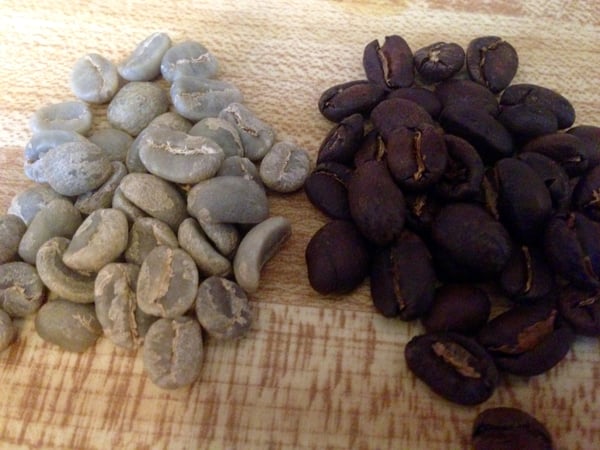
Now that I have gotten into roasting our own coffee, I feel like a whole new world has opened up. I have learned so much about coffee already, yet still have a long way to come in our journey. Once you purchase the roaster, it is a much more economical way to drink fine coffee. I have been surprised by the quality even from the beginning, despite my not knowing what I was doing at first! It's been an incredible and fun adventure learning about types of coffee, growing regions and its flavor profiles. I think there are just as many nuances in coffee as there is in wine.
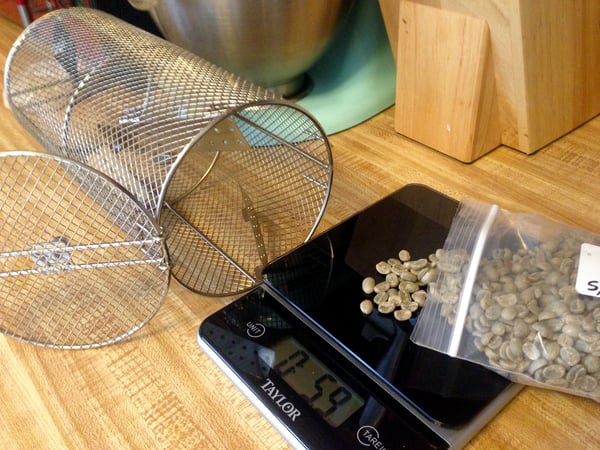
Coffee pairing is an up and coming practice, with many chefs beginning to love and appreciate coffee. Even if coffee roasting isn't for you, there are many local roasters to support in our own backyard. Here at The Chopping Block, we serve our own special blend of Intelligensia coffee. Intelligensia is a Chicago-based coffee roaster with a unique roasting style and flavor. Stop by our retail stores, and try some!











